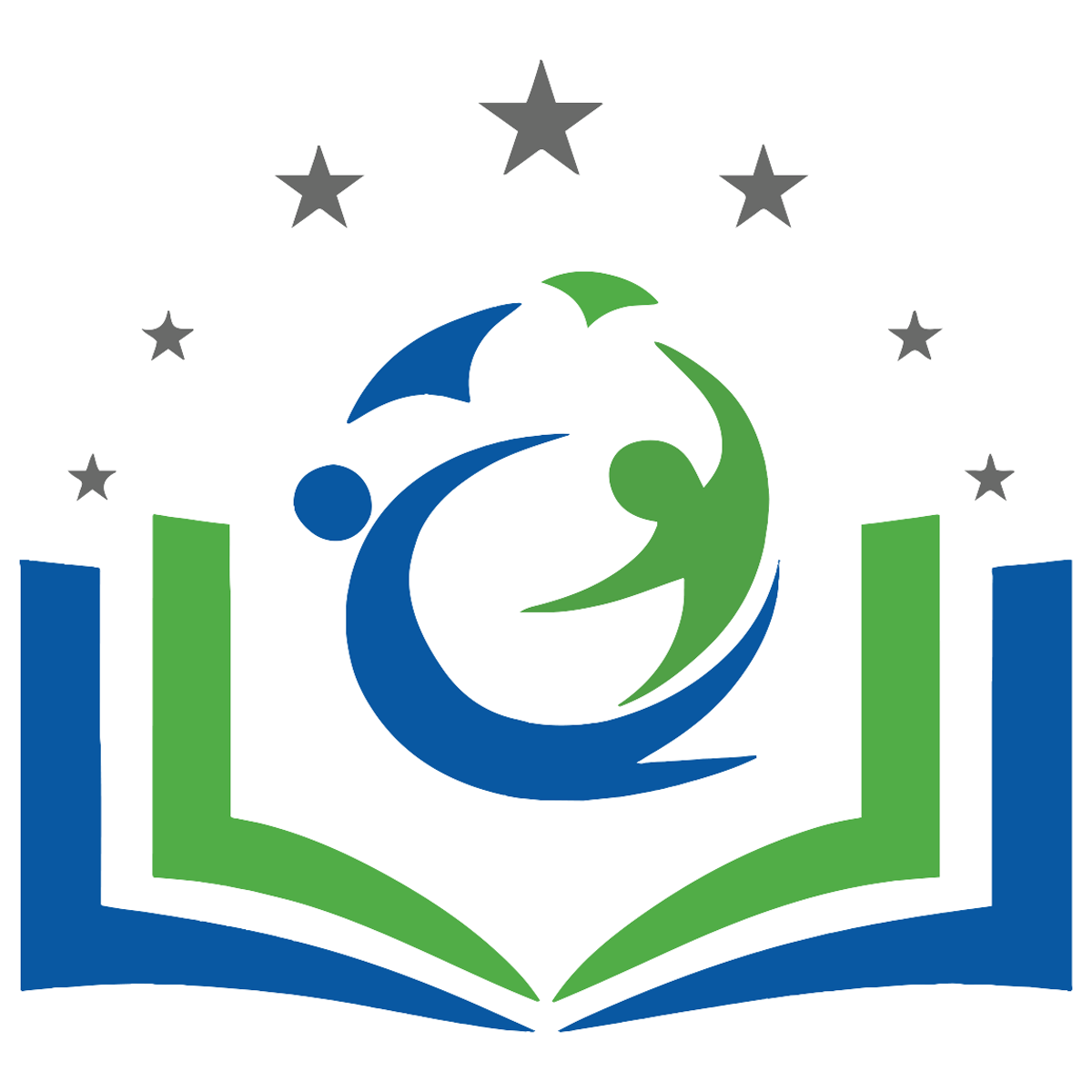On Friday, the lowcountry was gearing up for a rainy start to the weekend – so this classroom lesson at College Park Elementary just happened to be pretty timely.
Courtney Martin is the school’s virtual Speech-Language Pathologist. Earlier this school year, Martin was named a Santee Cooper STEAM grant award recipient, with the funds she received earmarked for an in-class science project that observed tornadoes, rain clouds, volcanic eruptions and water cycles.
Martin was among 34 teachers in the district to receive a grant. In her application for the funds, Martin wrote that many people think of speech therapy as teaching students how to make certain sounds, and learning through play. However, she said, any form of communication is key in the speech therapy world – from being able to follow simple directions using augmentative communication devices, to sequencing events using written instructions, to making inferences from experiences, to logical conclusions.
That is why she came up with a project that would allow students to be a scientist for the day, and learn about the scientific method – and the weather – while strengthening their communication skills.
Martin worked with several small groups of students throughout Friday morning to conduct experiments on weather systems. Different groups did different activities.
Students had to demonstrate four objects: application/use of specific speech goals, comprehensions of the scientific method, comprehension of basic weather systems and effective communication with teammates.
Donning adorable lab coats, goggles and gloves, students carried out different experiments under Martin’s guidance.
Some students learned about volcanic eruptions using items including citrus fruits, cutlery, baking soda and food coloring. The students used the utensils to carve out the insides of the fruit, added food coloring and then filled them with baking soda; the concoction resulted in a bubbly “eruption.”
Other students learned about tornados and rain cloud formations using shaving cream, mason jars, water and blue food coloring. The students filled the jars with water, squirt shaving cream on top in a circular motion, then dribbled the blue food coloring on top of it to mimic rain falling from a formation of clouds.
Along the way, Martin went over different words and terms she has talked about with her students, like “scientific method,” “experiment” and “conclusion.”



